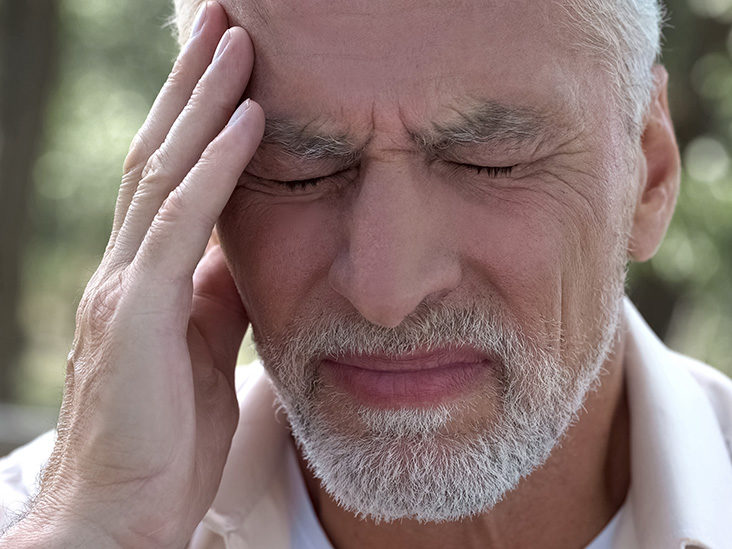
In the United States, stroke affects more than 750,000 people each year. It’s the leading cause of adult disability and is the fifth-leading cause of death. Stroke can happen to anyone, and it is important to know what stroke looks like and what do to if someone shows the signs.
Signs of Stroke
If you think that you or a loved one is having a stroke, remember the acronym BE FAST.
- Balance—Does the person have a sudden loss of balance?
- Eyes—Has the person lost vision in one or both eyes?
- Face—Does the persons face look uneven?
- Arms—Is one arm weak or numb?
- Speech—Is the person’s speech slurred? Does the person have trouble speaking or seem confused?
- Time—Call 911 NOW!
What You Should Do
Rapid treatment is proven to lead to a better recovery, so time is precious from the moment stroke symptoms appear. Do not hesitate and call 911 right away!
Unfortunately, the American Heart Association reports more than one-third of stroke patients do not call for an ambulance to get to the hospital. Studies show that calling an ambulance will help you arrive at the hospital quicker, get evaluated sooner, and receive treatment faster. You will not “be a bother.” Please do not be reluctant to call an ambulance when showing signs of stroke.
Strokes can cause disability that is often accompanied with painful, debilitating, and costly after-effects.
Why Strokes Happen
A stroke most often occurs when blood flow to the brain becomes blocked. This blockage may be caused by the following:
- A build-up of fatty substances along an artery’s inner lining causes it to narrow, reduces its elasticity, and decreases its blood flow.
- A clot forms in an artery supplying blood to the brain.
- A clot forms somewhere in the body — often the heart — and breaks free, traveling to an artery supplying blood to the brain and becoming lodged there.
- A broken blood vessel that bleeds into or around the brain.
Doctors will diagnose stroke with neurological exams, blood tests, and other tests to determine the cause, location, and amount of damage.
Stroke Prevention
The best way to prevent a stroke is to become aware of the risks and to make an effort to minimize them.
Maintain a healthy weight by exercising regularly and eating more fruits and vegetables than salts and fats. Refrain from smoking and drink alcohol in moderation. Check your blood pressure frequently and follow your health care provider’s recommendations for keeping it in a safe range. Certain medical conditions or genetic factors can increase the risk of stroke. Talk to your physician to find out if you are at risk.
Staci Mondell MSN, RN, SCRN, ASC-BC is a stroke-certified registered nurse and a board-certified advanced stroke coordinator with UPMC in the North Central Pa. Region. To learn more, go to UPMCSusquehanna.org/stroke.



